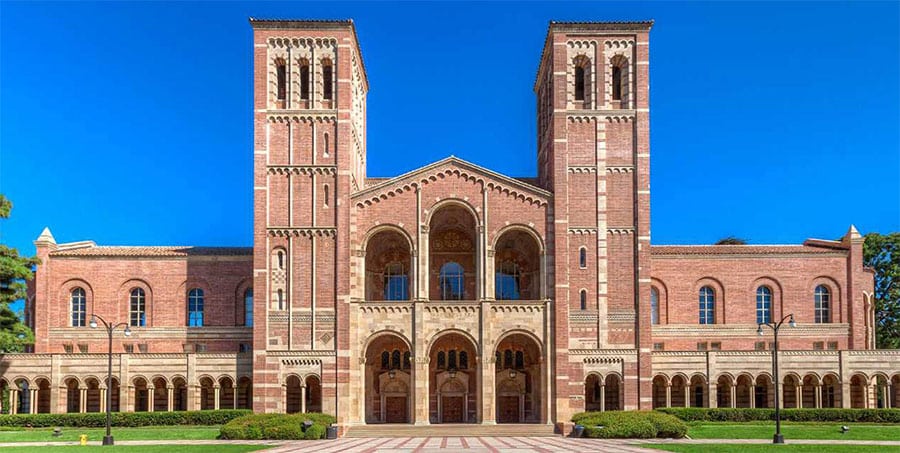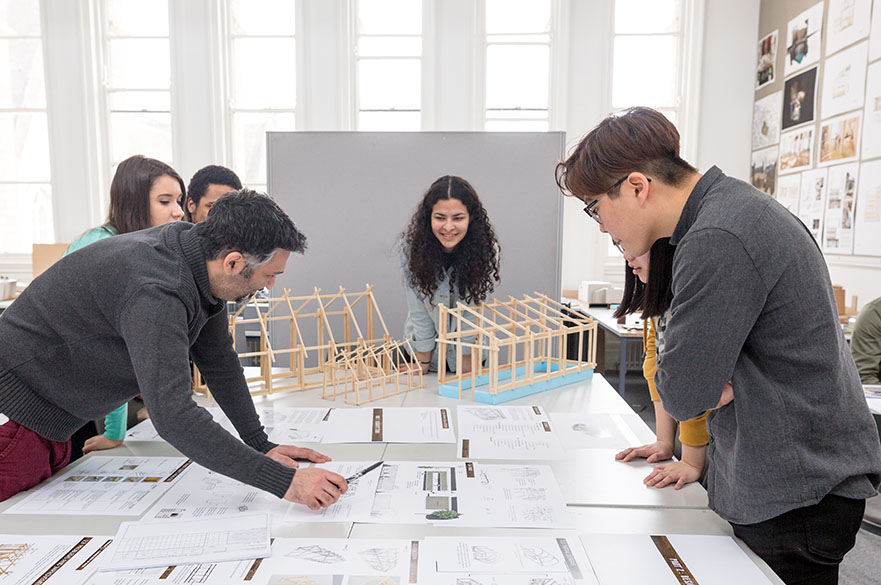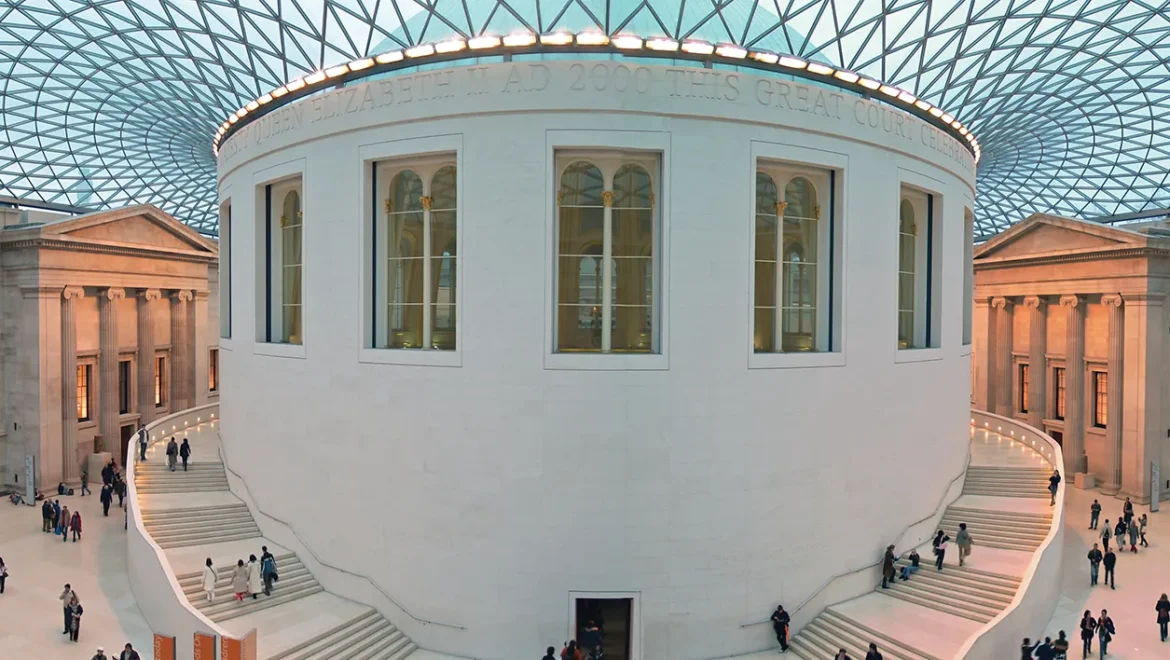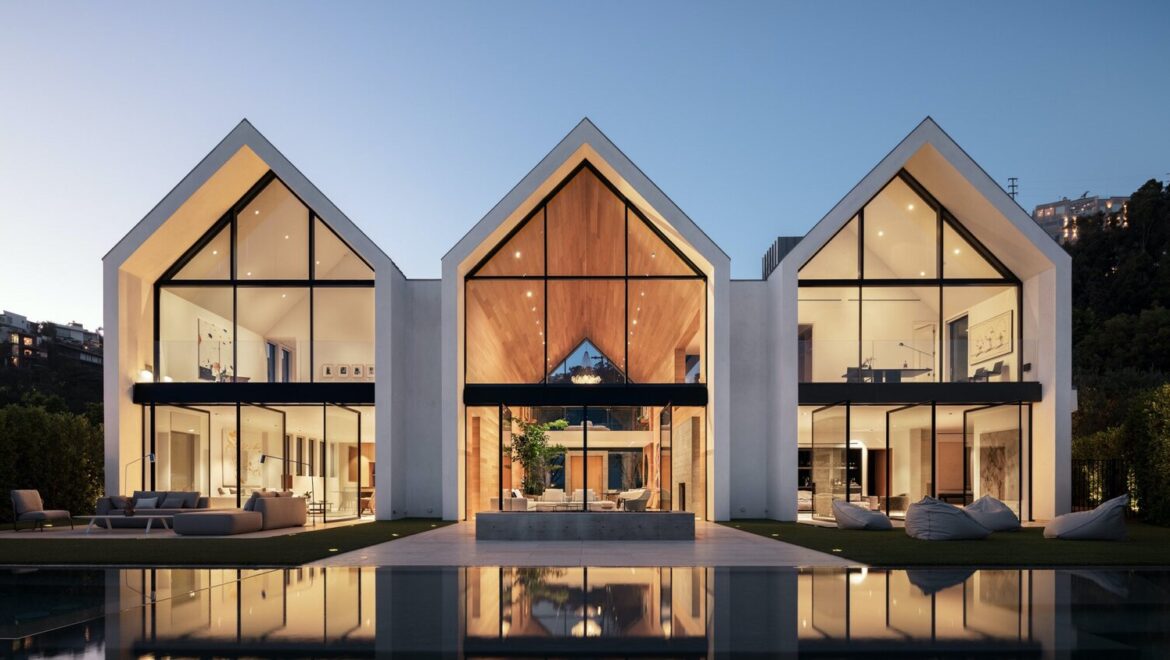Architecture Schools in California: Shaping the Future of Design
Introduction
California, with its diverse landscapes and vibrant culture, has long been a hub for creativity and innovation. Aspiring architects from all over the world flock to the Golden State to pursue their dreams and turn their passion for design into a successful career. In this article, we will explore the top architecture schools in California, where talented individuals can acquire the knowledge and skills needed to shape the future of design.
1. Why California is a Hotspot for Architecture Studies
California’s reputation as a creative haven stems from its rich history of architecture and design. From iconic landmarks like the Golden Gate Bridge to contemporary marvels like the Walt Disney Concert Hall, the state boasts an impressive array of architectural wonders. Moreover, California’s booming economy attracts numerous opportunities for aspiring architects to make their mark on the world.
2. Factors to Consider When Choosing an Architecture School
Choosing the right architecture school is crucial to one’s success in the field. Several factors should be taken into account, including accreditation, faculty expertise, facilities, location, and alumni success. We will delve into each of these elements to guide aspiring students in making informed decisions.
3. Top Architecture Schools in California
3.1 California Polytechnic State University (Cal Poly)
Cal Poly’s College of Architecture and Environmental Design offers a hands-on, Learn by Doing approach to education. With a strong emphasis on sustainability and innovation, the school equips students with practical skills and fosters creativity.
3.2 University of California, Berkeley (UC Berkeley)
Known for its esteemed faculty and cutting-edge research, UC Berkeley’s College of Environmental Design prepares students to address complex architectural challenges. The school’s diverse curriculum ensures a well-rounded education.
3.3 Southern California Institute of Architecture (SCI-Arc)
SCI-Arc is renowned for its experimental and avant-garde approach to architecture. It encourages students to push boundaries and explore unconventional ideas, making it a hub for visionary designers.
3.4 University of Southern California (USC)
USC’s School of Architecture offers a dynamic learning environment, blending traditional architectural principles with contemporary technologies. Its strong industry connections open doors to exciting opportunities.
4. The Importance of Internships and Practical Experience
In the competitive field of architecture, practical experience is invaluable. Many architecture schools in California facilitate internships and co-op programs, allowing students to work on real-world projects and build a professional network before graduation.
5. Embracing Technology in Architecture
In recent years, technology has revolutionized the architectural landscape. From Building Information Modeling (BIM) to virtual reality design tools, California’s architecture schools embrace these advancements to prepare students for the digital age.
6. Fostering Sustainability and Green Design
With a growing focus on environmental consciousness, architecture schools in California integrate sustainability principles into their teachings. Students are encouraged to design eco-friendly structures that reduce the carbon footprint and promote sustainable living.
7. The Impact of Cultural Diversity on Design
California’s diverse population inspires a unique fusion of architectural styles, reflecting the state’s multicultural essence. Architecture schools celebrate this diversity, encouraging students to draw inspiration from various cultures to create inclusive spaces.
8. The Rise of Adaptive Reuse and Historic Preservation
In California, historic preservation and adaptive reuse have gained momentum. Architecture schools educate students on revitalizing old structures, breathing new life into cherished buildings while preserving their historical significance.
9. Navigating Licensing and Certification
To practice as licensed architects, graduates must pass the Architect Registration Examination (ARE). California’s architecture schools offer guidance and support to students, preparing them for this crucial step in their professional journey.
10. Conclusion
California’s architecture schools provide an unparalleled platform for budding architects to cultivate their creativity, hone their skills, and contribute meaningfully to the world of design. With a strong focus on sustainability, innovation, and cultural diversity, these institutions are shaping the future of architecture and transforming dreams into reality.














